9 Things You Probably Didn’t Know About Orchids
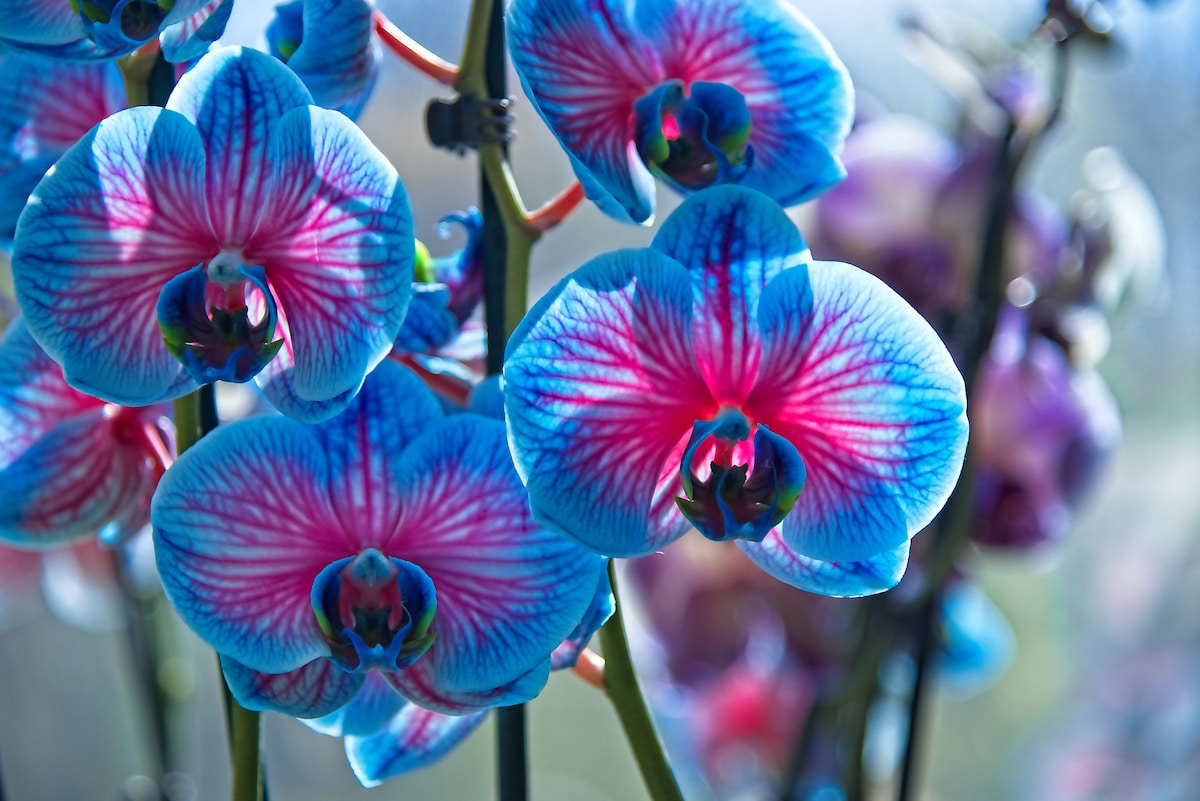
 Why you can trust us
Why you can trust us
Founded in 2005 as an Ohio-based environmental newspaper, EcoWatch is a digital platform dedicated to publishing quality, science-based content on environmental issues, causes, and solutions.
If you’ve ever cared for an orchid, you know that they’re pretty special. From their practically microscopic seeds, to their tasty seed pods, to their worldwide range, these flowering beauties are nothing short of amazing. Here are a few things you probably didn’t know about them.
1. They Are the Largest Family of Flowering Plants

By some estimates, Orchidacea is the largest family of flowering plants, with at least 25,000 to 30,000 species — not including the 100,000 hybrids and cultivars created by horticulturalists that aren’t naturally occurring. Of all flowering plant species on Earth, orchids make up about 10%.
2. Vanilla Comes From Orchids
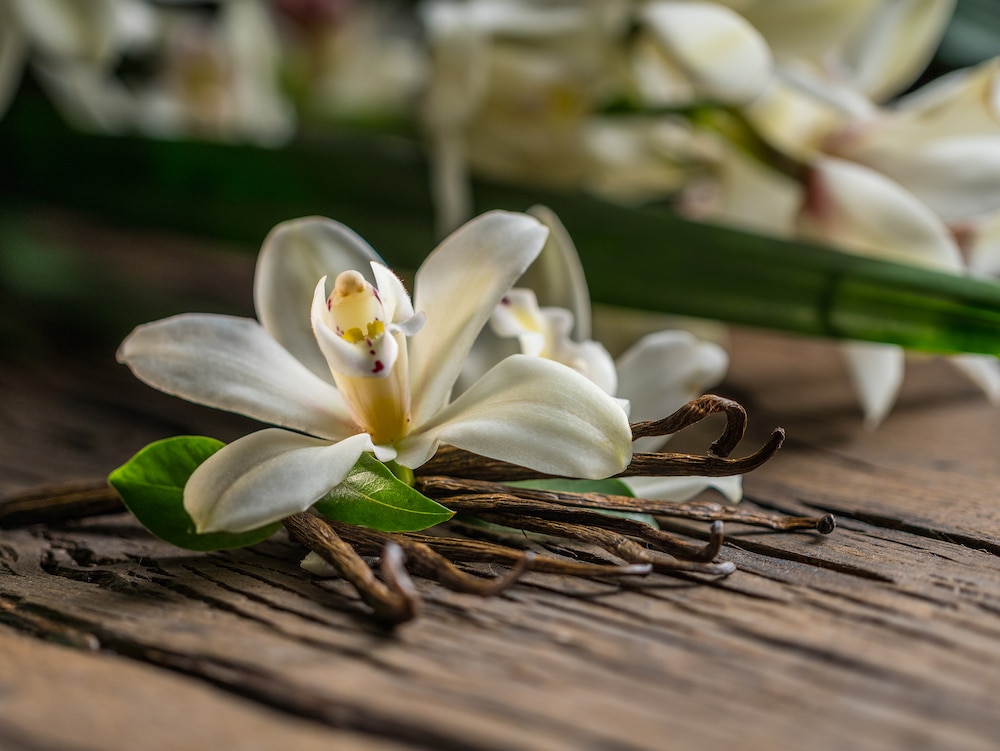
The next time you’re enjoying a vanilla-flavored dessert, you can thank an orchid. Vanilla beans are actually seed pods from orchids in the genus Vanilla, which includes Vanilla planifolia (or Flat-Leaved Vanilla) and V. x tahitensis (a hybrid). These vanilla-producing orchids can only grow 10 to 20 degrees north and south of the equator. Originally from Mexico and Guatemala, they’re now grown all over; about 75% of vanilla on the market now is grown in Madagascar and Réunion. The pods are picked before they’re ripe, submerged in hot water, then dried out for several months. Given the complex growing process, vanilla is one of the most expensive spices in the world.
3. They Grow in Many Different Sizes
You’re likely familiar with the typical houseplant-sized orchid, but they can grow much, much larger. The flowers alone can weigh several hundred pounds, or grow no larger than a dime. Sobralia altissima, for one, can be found growing up to 44 feet tall in Peru. The tiger orchid — or Grammatophyllum speciosum — is the largest type of orchid, with the biggest known weighing in at about 4,000 pounds (and their flower stalks can grow up to six feet long). Catch a glimpse of one in bloom at the Brooklyn Botanic Garden, or, if you’re one of the lucky few to find one in the wild, they also grow in the jungles of southeast Asia.
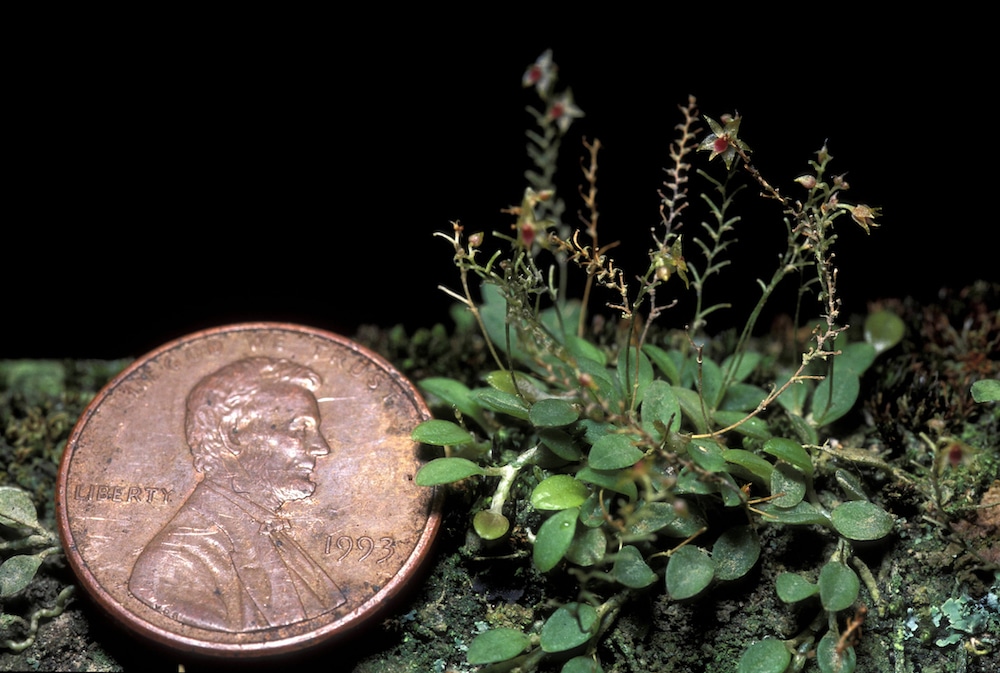
At the other end of the spectrum are orchids with blooms only 1 cm across, which grow in humid “cloud forests.” The Campylocentrum insulare in Brazil is only 0.5 mm across, and was thought to be fungus until examined under a microscope.
4. They Trick Insects Into Pollinating Them
While orchids have both “male” (stamens) and “female” (pistils) organs in each flower, they don’t pollinate themselves, but rely on other insects to do so. That’s where the trickery comes in. The reproductive parts of many orchid species mimic the color and shape of certain insects — specifically, those that they need for help with pollination. These reproductive parts of the Oncidium henekenii, for example, look like a female bee. When a male bee comes looking for a mate, it’ll come into contact with pollen, then fly off to distribute it to other orchids. Slipper orchids do something similar; their large, cavernous labellum traps insects that come in looking for nectar, and must then escape through a hole that coats them in pollen.

5. Hundreds of New Species Are Discovered Every Year
Adding to their already huge repertoire are the 200 to 300 species of orchids discovered every year. They’re mostly discovered in the tropics — where the majority of orchids grow — often, sadly, while their ecosystems are being plundered. Because the plant needs to be flowering to identify it as a new species, it’s often very difficult to identify new orchids in the field.
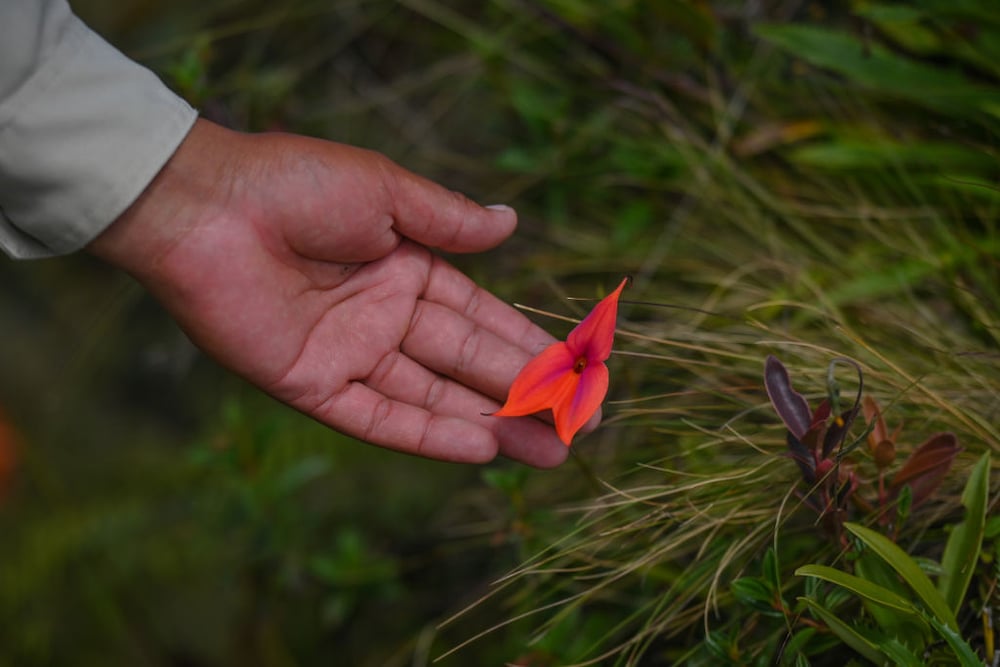
6. Orchid Hunting Was Once Fiercely Competitive
Maybe it’s something about their perfect bilateral symmetry, but in the Victorian era, orchid hunting was a fiercely competitive activity. So-called “orchidelirium” drove personal collectors and hired hunters to pillage orchids for their private collections, risking tropical diseases, dangerous wildlife, and unfamiliar and dangerous terrain for these flowers; some hunters were even killed in the process. The wealthy and elite would pay thousands for single orchids. Times have since changed, and orchids are now covered by an international treaty called the Convention on International Trade in Endangered Species (CITES), which makes it illegal to transport wild-grown orchids.
7. They Have Many Traditional and Medicinal Uses
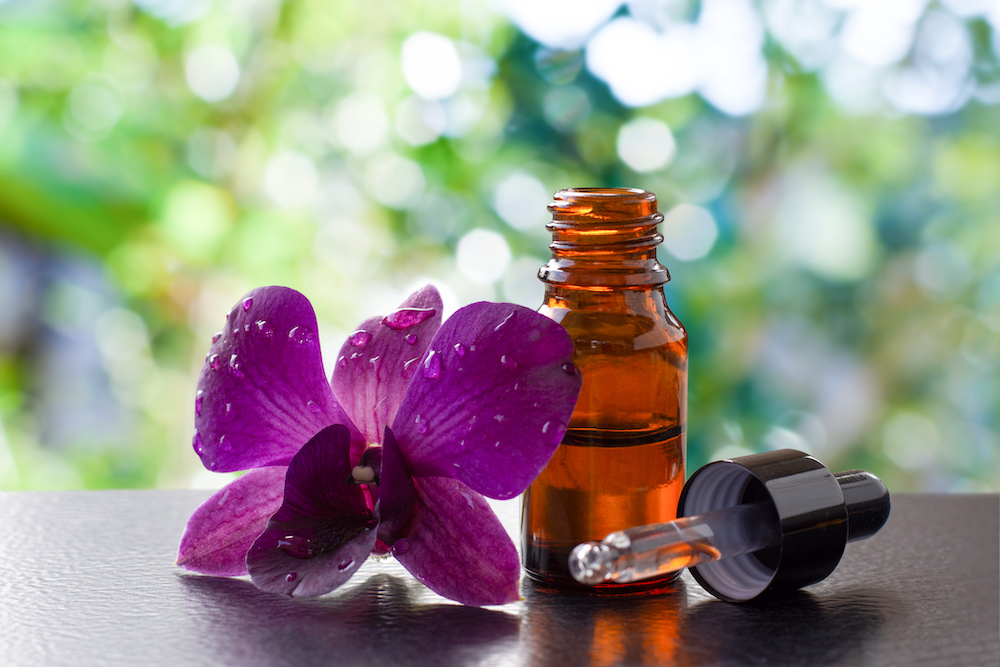
The cultural tradition of using orchids medicinally spans parts of Southeast Asia, China, Japan, Europe, and Africa. Orchids — especially in the genus Dendrobium — have been used in Chinese herbal remedies since 2800 to boost the immune system and prevent ailments like cancer, hypertension, and stroke, among many other uses.
8. They Grow on All Continents Except Antarctica
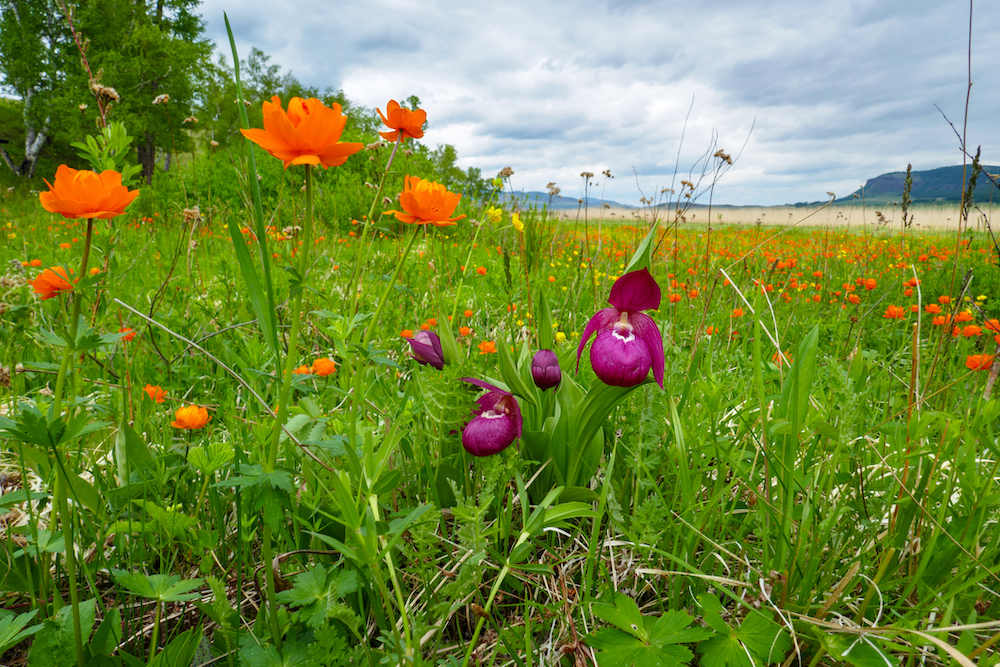
While they mostly grow in the tropics, orchids are found all over the world (except icy Antarctica). Colombia boasts the greatest variety of species, with 4,270 different orchids growing within its borders. In North America, 200 different species can be found — including in Alaska, which has 33 of its own native species.
9. They Have the Smallest Seeds in the World

There are, quite literally, no seeds smaller than an orchid’s. A typical orchid seed is about the same size as a speck of dust, but they range in diameter greatly. The seeds of Anoectochilus imitans measure just 0.05 mm in length, and the lopsided star orchid (Epidendrum secundum) are 6 mm, making them the largest of all orchid seeds. Although small, most orchids produce huge amounts of seeds — millions, in fact.
Subscribe to get exclusive updates in our daily newsletter!
By signing up, you agree to the Terms of Use and Privacy Policy & to receive electronic communications from EcoWatch Media Group, which may include marketing promotions, advertisements and sponsored content.

 233k
233k  41k
41k  Subscribe
Subscribe 




